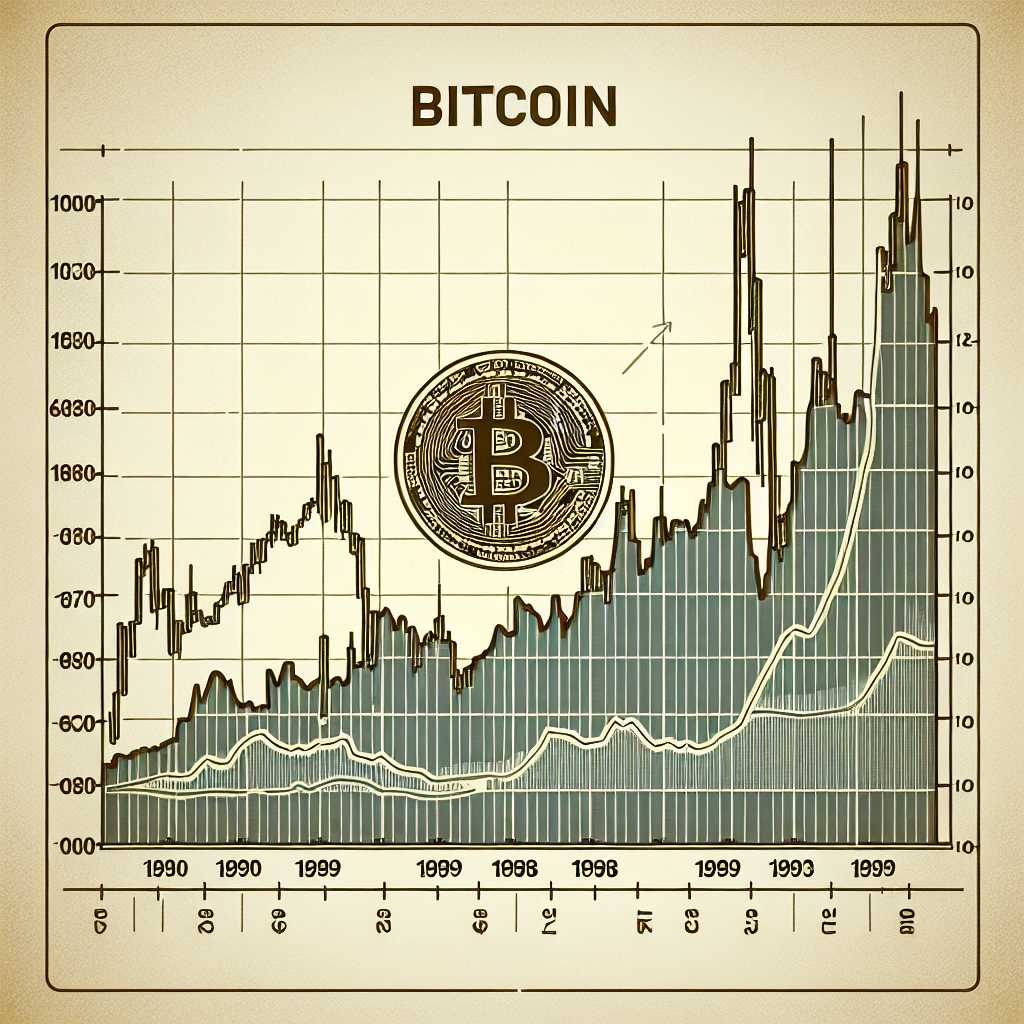Bitcoin Price Fluctuations: Analyzing the Cryptocurrency’s Volatility and Influencing Factors
The price of Bitcoin, the original and most well-known cryptocurrency, has captured the attention of investors, media, and the public since its inception in 2009. Bitcoin’s relatively short history has been characterized by substantial volatility, with price swings that can be attributed to a variety of factors. This article breaks down the elements contributing to Bitcoin’s erratic price movements and analyses past trends to offer a clearer understanding of this digital asset’s market behavior.
Understanding Bitcoin Basics
Before delving into the factors influencing Bitcoin’s price, it is essential to understand what Bitcoin is. Bitcoin is a decentralized digital or virtual currency often referred to as a cryptocurrency. It was created by an individual or group of individuals under the pseudonym Satoshi Nakamoto. The key characteristic that distinguishes Bitcoin from traditional currencies is its decentralized nature, meaning it operates without a central authority or government.
Historical Trends in Bitcoin’s Price
Bitcoin’s price history can be divided into several key periods marked by significant appreciation and sometimes rapid depreciation in value.
Rise to Prominence (2009-2016)
During the initial years after its launch, Bitcoin was virtually worthless. Gradually, as awareness around the cryptocurrency grew and it began to be used for transactions, Bitcoin started gaining value. By the end of 2016, Bitcoin had surpassed several hundred dollars in value and started to get recognized as a potential investment asset.
Bull Markets and Meteoric Rises (2017-Present)
The period from 2017 onwards placed Bitcoin firmly on the historical financial map. The late 2017 surge that pushed the price of one Bitcoin close to $20,000 made headlines worldwide. Despite this, a significant correction followed in 2018, with prices dropping by more than 80%. However, subsequent years saw recoveries and new all-time highs being set – most notably at the end of 2020 and heading into 2021.
Key Factors Impacting Bitcoin’s Price
Supply and Demand Economics
As with any commodity, supply and demand play crucial roles in determining the price of Bitcoin. The total supply of Bitcoin is capped at 21 million, meaning that only a finite number can be mined. The scarcity principle suggests that as supply becomes more limited and demand increases or remains steady, prices tend to rise.
Market Sentiment
Investor sentiment greatly sways Bitcoin’s price. Positive news stories about adoption, advancements in blockchain technology, or investor interest can lead to price rallies. Conversely, negative press like regulatory crackdowns, technological issues, or links to illicit activities can cause the price to plummet.
Institutional Investment
Over recent years, institutional investors have started embracing Bitcoin, leading to large capital inflows. The participation of established financial services companies and asset managers has lent legitimacy to cryptocurrency and often results in bullish movements on the price charts.
Regulation and Legal Developments
Legal and regulatory shifts have ripple effects on Bitcoin prices. Clarity in regulations can foster investor confidence and attract further investment. Contrastingly, unfavourable regulation or talk of bans in high-volume countries can create negative pressure.
Technological Changes
Technical changes within the blockchain and wider ecosystem, such as developments related to scalability solutions or forks in the chain, also impact investor outlook and thereby influence prices.
External Economic Factors
Economic conditions like inflation rates, currency fluctuations, and macroeconomic trends indirectly affect cryptocurrencies like Bitcoin as they influence investors’ risk appetite.
Notes
Final Word: Understanding Investment Rispects
Despite its dramatic price changes over time, Bitcoin remains a prominent feature of modern investment strategies for many around the globe. This ubiquitous digital asset continues to intrigue retail and institutional investors alike with promises of decentralization and returns but concurrently warns with significant risks related to its inherent volatility.
Both seasoned veterans of finance and new entrants wishing to dip their toes into cryptocurrency must weigh potential rewards against the risks before allocating capital towards this dynamic but unpredictable asset class. Caution and thorough research remain imperative when navigating the high seas of Bitcoin investing.

